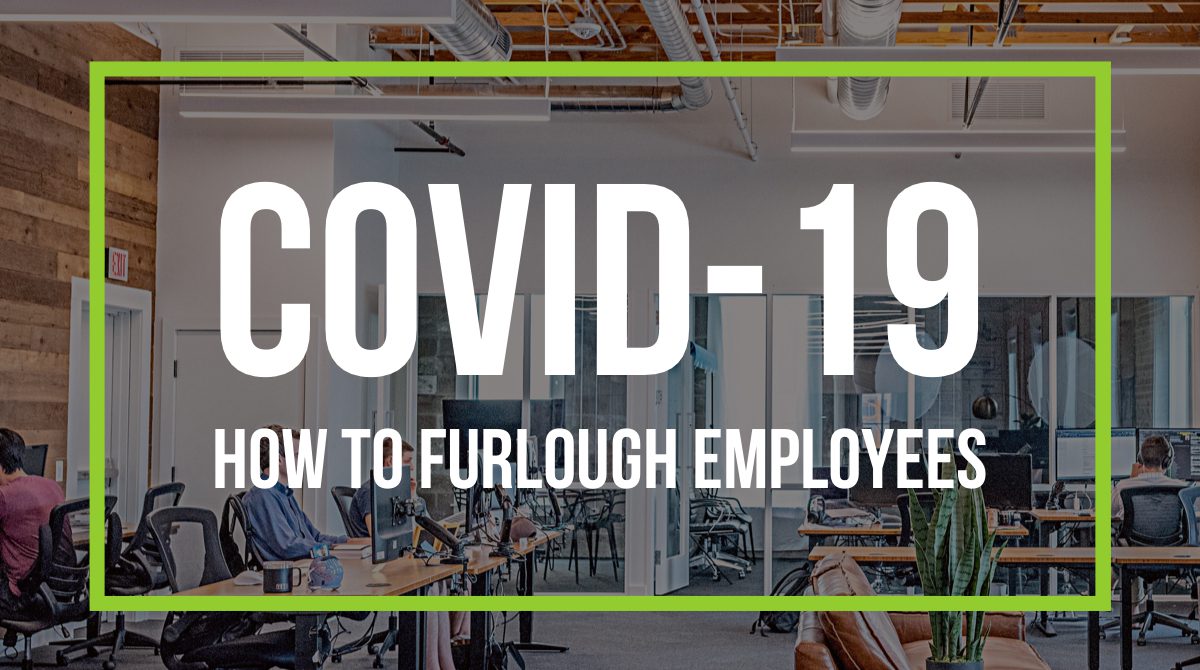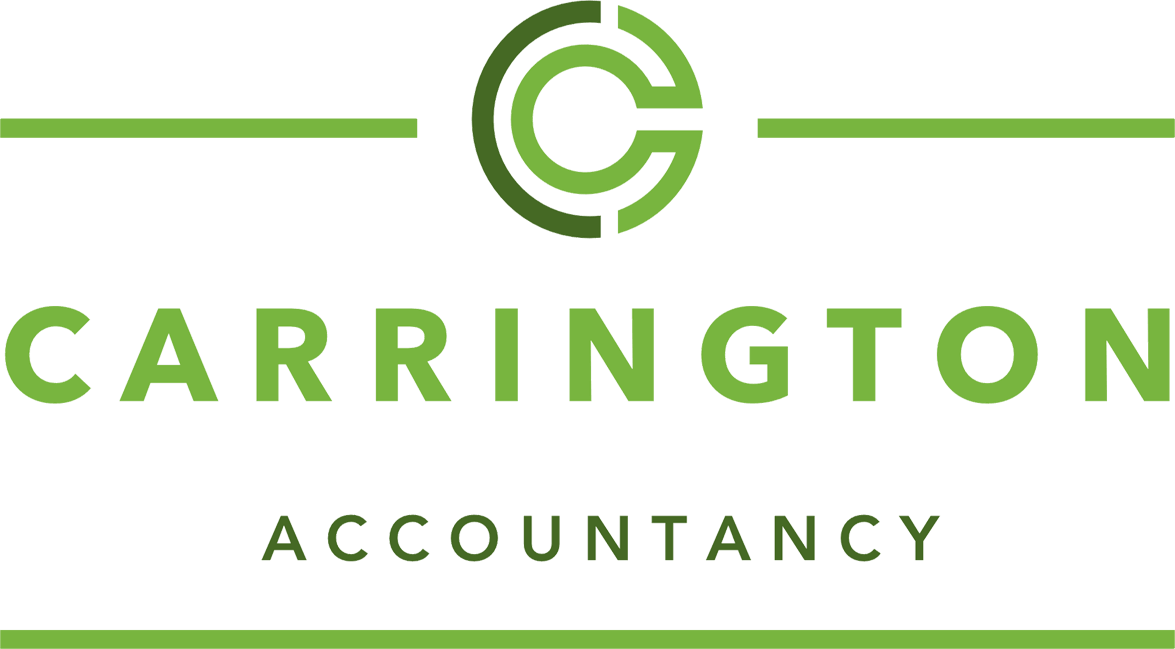Business News
COVID-19: How to Furlough Employees
03/04/2020
This week, a survey by the British Chamber of Commerce showed that half of UK firms planned to furlough their staff.

Furloughing has been in existence for several years, although it has been predominantly used in the USA. The Chancellor’s recent announcement of the Coronavirus Job Retention Scheme has bought it firmly into the spotlight in the UK.
Here is our simply guide to employers as to how to implement furloughing and how it connects to the Coronavirus Job Retention Scheme. Please note that this is based on what has been released by The Treasury so far in the current crisis and it may change as the situation evolves.
- It is the employer who makes the decision as to who to offer the furlough basis to and from what date the furlough would start. The employee must be on your payroll system as at 28/02/20. Being put on furlough must be as a result of coronavirus.
- Both full-time and part-time staff are eligible for furlough.
- A furlough agreement should be given to the employee. This is a change in employment status and the employee must be made aware of this and accept this change.
- It is then up to the employee to agree to the furlough or not. We are seeing that most staff do agree as the alternative is redundancy.
- The furloughed employees will then not be able to work for the employer during the furlough period. However they will be able to work elsewhere if they wish, or volunteer.
- The employer would decide when the furlough period is over and the employee would be required to start working again on normal pay.
- The employer has to put in a claim via a new Government portal to claim the grant of up to 80% of the average gross pay, subject to a maximum of £2,500, plus Employers NI and minimum automatic enrolment employer pension contributions. A claim needs to be made every three weeks. More details will come out on how this is done. Likely date for this system to be operational is the end of April. Payments of the grants should flow after that.
- The employer can choose to top up the 80% grant amount anywhere up to the normal salary level.
- Employees will continue to accrue their usual holiday entitlement during the furlough period.
- It doesn’t matter if the furlough pay is below National Minimum Wage.
Normal pay would need to be worked out up to just before the date of furlough. If you are starting furlough from the start of the month that will not apply, of course.
Furlough Pay:
Staff on a fixed monthly salary will just be at 80% of their normal salary. This calculation should not include commissions or bonuses. For any staff who are on a variable wage (hourly paid workers for instance whose hours vary) it is more complex and is the higher of;
- Pay for the same month in 2019, or
- Average pay for the 19/20 tax year, or
- If joined during 19/20 tax year, an average over the months they have been on payroll, or
- If joined during February, pro-rata pay upwards to give a full month.
Details of all documentation and calculations will need to be kept as HMRC may audit them in the future.
The furlough pay will be subject to PAYE and NIC as normal. I suggest that if possible you set up a separate pay category of Furlough Pay on your system so you and the employees can see easily what is normal pay and what is furlough pay.
It’s a lot to take in – Please contact us if you have any queries.





